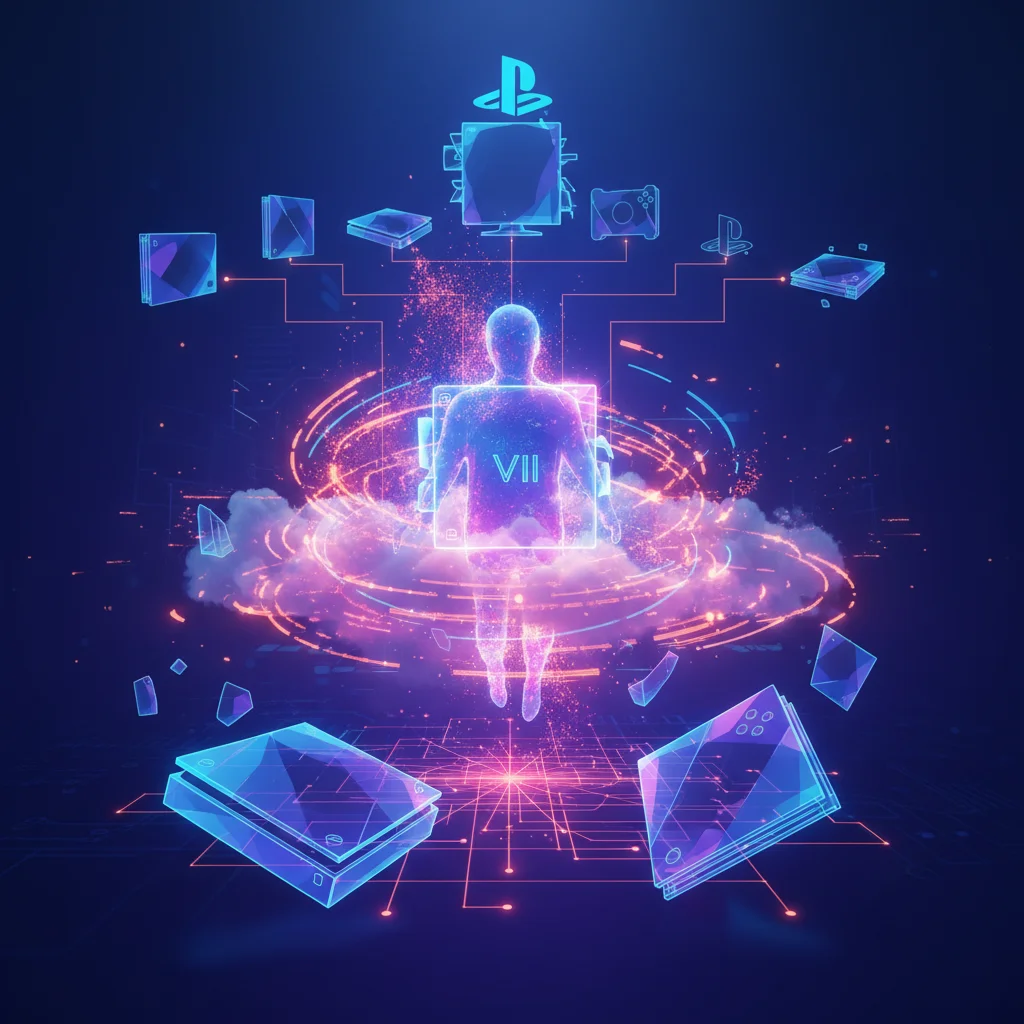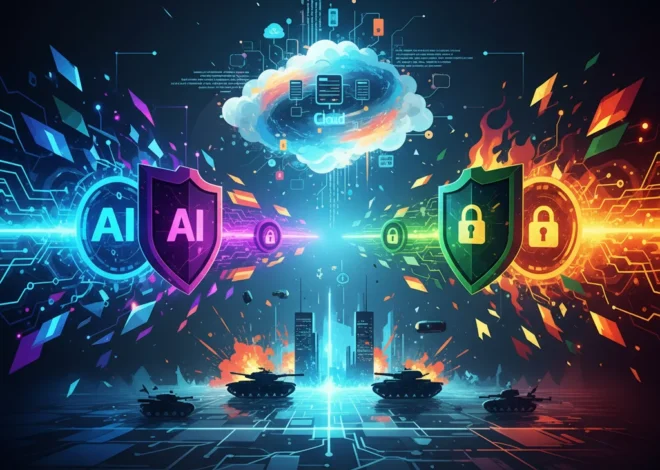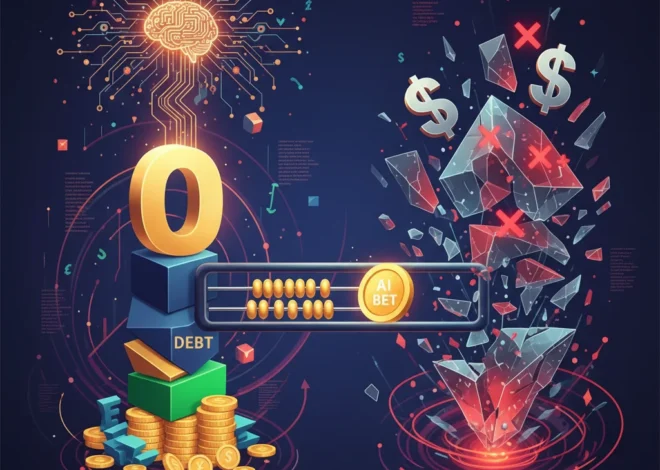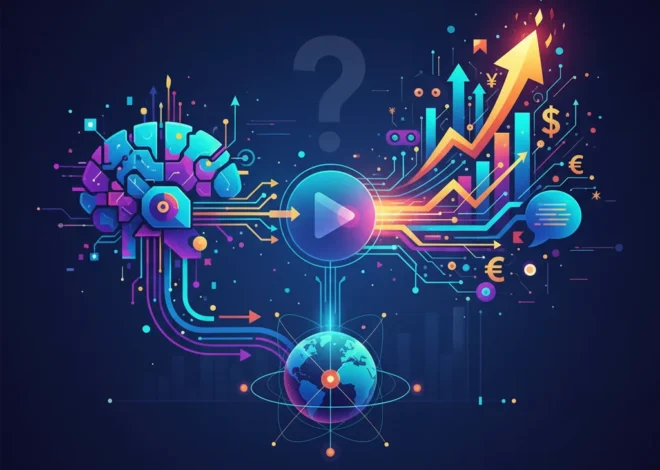
The Ghost in the Machine: Why the PlayStation 6 is MIA and What It Reveals About Tech’s Next Evolution
Remember when a new gaming console felt like a predictable, celestial event? Every five to six years, like clockwork, a new box would appear, promising a quantum leap in graphics, speed, and gameplay. The jump from the blocky worlds of the PlayStation 1 to the cinematic smoothness of the PlayStation 2 was a revelation. Yet here we are, on the fifth anniversary of the PlayStation 5, and the conversation from Sony is not about a successor, but about the continued dominance of its current machine. As the BBC recently highlighted, the firm’s focus remains squarely on the PS5, leaving many to wonder: where is the PlayStation 6?
The easy answer is “it’s delayed.” The more complex, and far more interesting, truth is that the absence of the PS6 isn’t a sign of stagnation. It’s a powerful signal of a seismic shift occurring not just in gaming, but across the entire technology landscape. The forces holding back the next physical console are the very same ones propelling the future of tech: the pivot to software, the rise of the cloud, and the quiet, pervasive integration of artificial intelligence.
For developers, tech professionals, and entrepreneurs, the story of the missing PS6 is more than just gamer gossip. It’s a case study in how mature hardware markets evolve and where the next wave of innovation and opportunity truly lies.
The Slowing Heartbeat: Deconstructing the Console Cycle
For decades, the console industry marched to the beat of Moore’s Law. Each new generation delivered a tangible, jaw-dropping upgrade in processing power that unlocked new creative possibilities. This predictable hardware cadence set the pace for the entire industry. However, that rhythm has been slowing for years, evolving from a sprint to a marathon.
Let’s look at the historical data. The timeline of PlayStation consoles reveals a clear trend of lengthening lifecycles.
| Console | Release Year (NA) | Time Until Successor |
|---|---|---|
| PlayStation | 1995 | 5 years |
| PlayStation 2 | 2000 | 6 years |
| PlayStation 3 | 2006 | 7 years |
| PlayStation 4 | 2013 | 7 years |
| PlayStation 5 | 2020 | 5+ years (and counting) |
Why the slowdown? Firstly, we’ve hit a point of diminishing returns in graphical fidelity. The leap from 2D to 3D was monumental. The leap from standard definition to 4K HDR is significant, but far less transformative. Secondly, the cost of developing games for these powerful machines has skyrocketed, making it harder for developers to justify abandoning their investments in the current generation to start over on a new one. The introduction of mid-generation refreshes like the PS4 Pro further extended the hardware’s relevance, proving that massive leaps weren’t always necessary to keep consumers engaged.
The Big Short vs. Big Data: Why Michael Burry is Betting Against AI Darling Palantir
The Real “Next-Gen” is Software, Not Silicon
The most significant reason for the PS6’s absence is that the battleground has shifted. The war is no longer about teraflops and custom silicon; it’s about ecosystems, recurring revenue, and intelligent services. The console is no longer just a product; it’s a delivery vehicle for a suite of digital services.
The SaaS-ification of Gaming
Entrepreneurs and startups live by the SaaS (Software as a Service) model, and Sony has been paying close attention. The one-time, high-margin sale of a console is great, but the predictable, recurring revenue from subscriptions is even better. Services like PlayStation Plus are the company’s SaaS play. By offering a library of games, online multiplayer, and cloud streaming for a monthly fee, Sony transforms a hardware owner into a long-term subscriber. The longer the PS5 generation lasts, the larger this subscriber base grows, creating a powerful, profitable ecosystem that Sony is in no hurry to disrupt.
Cloud Gaming’s Quiet Ascent
While still a maturing technology, cloud gaming fundamentally challenges the need for a local hardware upgrade. Services that stream games directly to a screen—any screen—decouple the experience from the box. This means the heavy lifting, the processing, and the rendering all happen on powerful servers in a data center. As internet infrastructure improves, the reliance on a powerful local machine diminishes. The global cloud gaming market is projected to grow exponentially, reaching hundreds of billions in value by the end of the decade (source). This trend suggests a future where the “console” might just be an app on your smart TV, powered by a massive cloud infrastructure.
Artificial Intelligence and Automation in Development
Behind the scenes, artificial intelligence and machine learning are revolutionizing how games are made. This innovation is a key factor in extending the current generation’s life. AI-powered tools can assist in everything from procedural content generation (creating vast, detailed worlds with less manual effort) to sophisticated automation of quality assurance testing. This allows developers to create richer, more complex games for the PS5 than were ever thought possible at its launch. The focus shifts from waiting for new hardware to building smarter software and more efficient programming pipelines to maximize the potential of what already exists.
The Unseen Forces: Cybersecurity and Strategic Innovation
Beyond market dynamics and software trends, two other critical factors are at play: risk management and the strategic pursuit of true, game-changing innovation.
The Cybersecurity Imperative
Modern consoles are not isolated gaming machines; they are always-online, interconnected hubs holding our payment information, personal data, and valuable digital libraries. Each new hardware generation, with its new operating system and network architecture, represents a massive new attack surface. Given the high-profile nature of the gaming industry, it’s a prime target for cyber threats. According to a 2023 report, web application attacks targeting the gaming industry increased by 167% year-over-year (source). A longer, more stable PS5 lifecycle allows Sony to harden its defenses, patch vulnerabilities, and build a robust cybersecurity posture. Rushing out a new console would mean starting that entire process from scratch, introducing unnecessary risk.
Your Phone is Ringing: How AI is Finally Winning the War on Scam Callers
Waiting for a True Leap in Innovation
If the next console isn’t just about better graphics, what will its defining feature be? The answer is almost certainly AI. The true “next-gen” leap will likely come from dedicated hardware for artificial intelligence, similar to the Neural Processing Units (NPUs) now appearing in PCs and smartphones. Imagine a console with a dedicated AI co-processor capable of:
- Driving incredibly realistic and unscripted NPC behavior.
- Generating dynamic, personalized storylines in real-time.
- Using machine learning for predictive physics and hyper-realistic animations.
- Enabling voice-command and natural language interaction at a level we’ve never seen.
This level of innovation requires not just more powerful chips, but a fundamentally new architecture. It makes sense for Sony to wait until this technology is mature and cost-effective enough to be the centerpiece of a new generation, rather than releasing a PS6 that is merely a “faster PS5.”
What This Means for Startups and Entrepreneurs
This extended console cycle isn’t just an internal debate for Sony; it creates a landscape ripe with opportunity for the wider tech community.
- A Stable Platform: For game development startups, a long and stable hardware generation is a gift. It provides a massive, well-understood user base to target without the fear of the platform becoming obsolete overnight.
- Tools and Middleware: The push to maximize existing hardware creates a huge market for startups building advanced software tools, AI-driven development kits, and automation platforms that help studios create better games more efficiently.
- The Cloud and AI Frontier: The biggest opportunities lie in servicing the next paradigm. Startups focused on cloud streaming optimization, AI-powered content creation, or specialized cybersecurity solutions for gaming ecosystems are building the foundation of the industry’s future.
Michael Burry's Big Short 2.0? Why The Legendary Investor is Betting Against AI Darling Palantir
Conclusion: The Future is an Ecosystem, Not a Box
The question “Where is the PlayStation 6?” is starting to feel like the wrong one to ask. The silence from Sony isn’t a sign of a company that’s fallen behind, but one that’s leading a strategic transition. They are shifting focus from the five-year hardware sprint to building a durable, decade-long digital ecosystem powered by software, cloud infrastructure, and intelligent services.
The future of gaming, and indeed much of consumer tech, is not in the next physical device, but in the seamless, intelligent, and persistent services that power our experiences. When the next PlayStation does arrive, don’t expect it to just be a more powerful box. Expect it to be a fundamentally different kind of machine, one designed not just for better graphics, but for a new era of AI-driven, cloud-connected entertainment. And that is a future worth waiting for.


